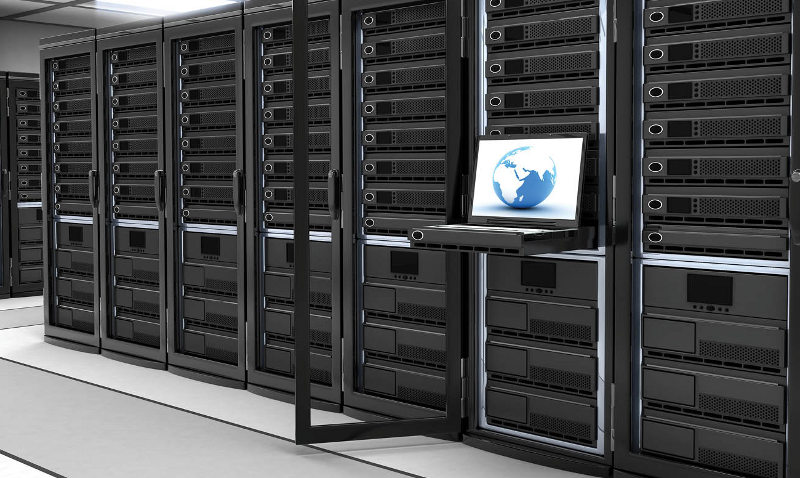The pandemic has accelerated the rate of digital transformation across the country, and this has necessitated more investments in data centers. Owing to rapid digitalization and cloud adoption, the Indian data center market is expected to double its capacity in the upcoming years. As per reports, the Indian data center market size was valued at $4.35 billion in 2021 and will reach $10.09 billion by 2027, growing at a CAGR of 15.07% during 2022-2027.
Now, a key question that arises is what lies ahead for the data center industry in India? What new trends are going to shape its future? Below mentioned are the top trends that will significantly impact the data center industry in India.
Data Localization
Data localization simply means restricting the flow of data from one country to another. The Indian government has issued guidelines highlighting the need to store data of Indian users within the country’s boundaries. Data localization has made it mandatory for companies that collect critical consumer data to store and process it in local data centers. This has given a huge surge to local data centers. In addition, the cost advantage and easy accessibility of skilled labor in India makes it a key hub for data centers in Asia.
Sustainable Data Centers
It’s a known fact that data centers consume a lot of non-renewal resources. To make data centers sustainable, companies have redesigned their facilities to greatly reduce power and water consumption by utilizing emerging technologies such as AI, ML and cloud. Cloud data centers use fewer servers thereby reducing the carbon impact. They are generally located closer to the facilities that power them to prevent large losses during the process of transmitting electrical energy over long distances. In addition, public cloud data centers can be used to store data from multiple businesses. An on-premise data center has capacity limitations when it comes to storing huge volume of data, thereby leading to non-optimal use of resources. Hence, cloud data centers are revolutionizing the industry by enabling businesses to consume fewer servers and less power and reduce their carbon emissions in the process.
Edge Connectivity
Edge data centers are small data centers that are located closer to the edge of a network. They typically connect to a larger central data center or multiple data centers. By processing data and services closer to the end-user, edge computing allows organizations to reduce latency and improve the customer experience. Such data centers are extremely beneficial for industries that need data processing in real-time such as autonomous vehicles, telemedicine, telecommunication, OTT platforms, and smart wearables.
Hyperscale Data Centers
Traditionally data centers were a simple network of racks with storage units and a set of management tools. It had the architecture that was easy to understand. However, as digital transformation took over the corporate world, organizations started to generate huge volumes of data. The traditional storage units and tools were inadequate to handle this influx of data and hence larger capacity with sophisticated facilities were required. In addition, traditional data centers could not scale up or down their capabilities to accommodate the fluctuations in demand and hence resulted in wastage of resources. This led to the evolution of hyperscaling as a solution.
Hyperscale data centers are massive business-critical facilities designed to efficiently support robust and scalable applications by bringing together a large number of servers working together at high speeds. This ability gives the data center a capacity to scale both horizontally and vertically.
In conclusion, the data center industry is evolving and new trends will keep cropping up. With the new-age disruptive technologies, data center industry can build eco-friendly and energy efficient data centers. Technologies such as AI, edge computing, and IoT can be utilized to maximize energy efficiency and minimize environmental impact.









































































